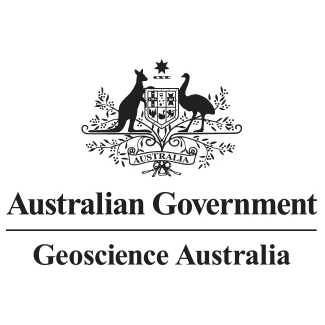Full description
Lineage
Maintenance and Update Frequency: asNeededNotes
PurposeThe Layered Geology of Australia is a national-scale compilation of seamless chronostratigraphic layered geology maps. These maps are compiled from a range of available surface and solid geology datasets at a variety of scales but optimised for use at a scale 1:1 000 000. Working with the state and territory governments, discrepancies in geological interpretation between state and territory geological survey datasets have been resolved. These new national maps enable a much improved understanding of the geological history and resource potential of Australia and will inform better decision making to support government, industry and community.
Created: 22 01 2024
Issued: 05 08 2024
Data time period: 2024-01-18 to 2026-01-18
text: westlimit=112; southlimit=-44; eastlimit=154; northlimit=-9; projection=GDA94 / geographic 2D (EPSG: 4283)
User Contributed Tags
Login to tag this record with meaningful keywords to make it easier to discover
Download the File GDB [280.9 MB]
uri :
https://d28rz98at9flks.cloudfront.net/149179/149179_00_1.zip![]()
Download the shapefiles [539.8 MB]
uri :
https://d28rz98at9flks.cloudfront.net/149179/149179_01_0.zip![]()
Download the MapInfo TAB files [340.3 MB]
uri :
https://d28rz98at9flks.cloudfront.net/149179/149179_02_0.zip![]()
Download the QGIS dataset [542.8 MB]
uri :
https://d28rz98at9flks.cloudfront.net/149179/149179_03_1.zip![]()
Download the metadata statement (pdf) [1.0 MB]
uri :
https://d28rz98at9flks.cloudfront.net/149179/149179_04_0.pdf![]()
Layered Geology of Australia MapServer
uri :
https://services.ga.gov.au/gis/rest/services/LayeredGeologyOfAustralia/MapServer![]()
Layered Geology of Australia WMS
uri :
https://services.ga.gov.au/gis/services/LayeredGeologyOfAustralia/MapServer/WMSServer![]()
Layered Geology Of Australia WFS
uri :
https://services.ga.gov.au/gis/services/LayeredGeologyOfAustralia/MapServer/WFSServer![]()
Solid Geology of the North Australian Craton, 1:1 000 000 scale, 1st edition (2020)
local : 135277
Solid Geology of the Tennant Creek – Mt Isa area
local : 116844
Solid Geology map of the East Tennant region
local : 145260
Notes on North Australian Craton Solid Geology Maps. Northern Territory-Queensland, 2015-20
local : 135830
Explanatory notes on layered geology maps, eastern Queensland 2020-2022
local : 149529
Layered Geology Of Australia MapServer
local : 149725
Layered Geology Of Australia WMS
local : 149726
Layered Geology Of Australia WFS
local : 149727
- global : ddb4a489-2e6c-437e-93c9-e90cd66aef69
- Local : pid.geoscience.gov.au/dataset/ga/149179
- DOI : 10.26186/149179



